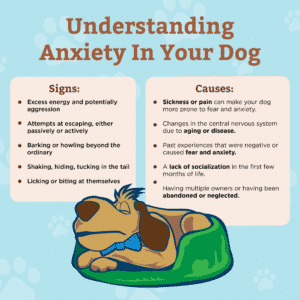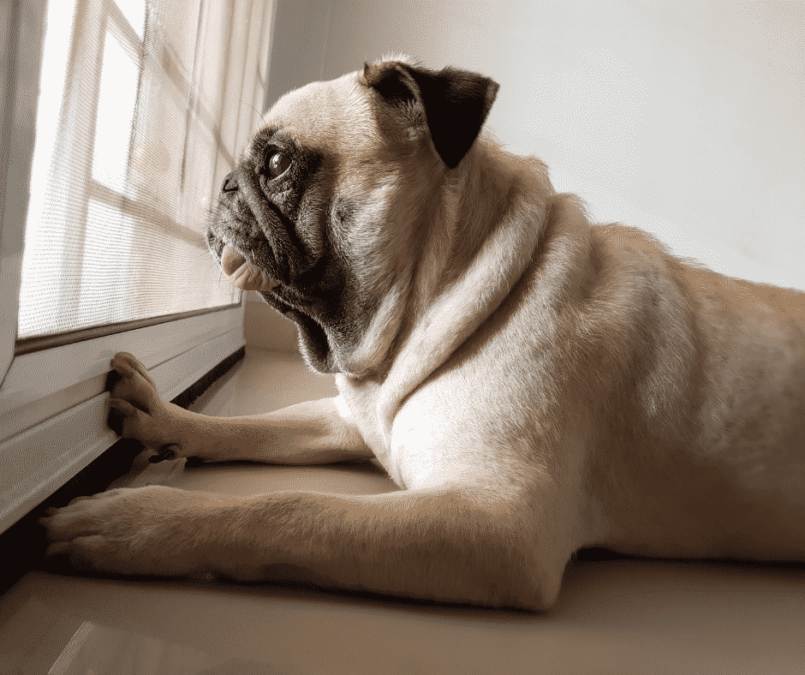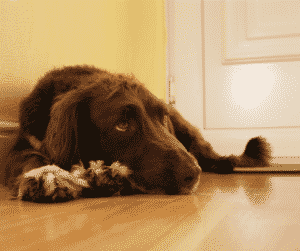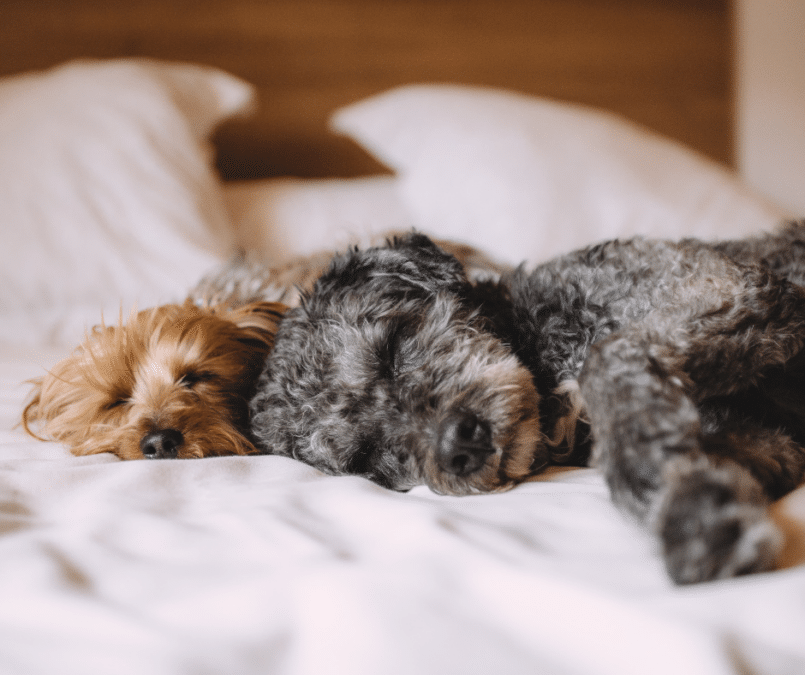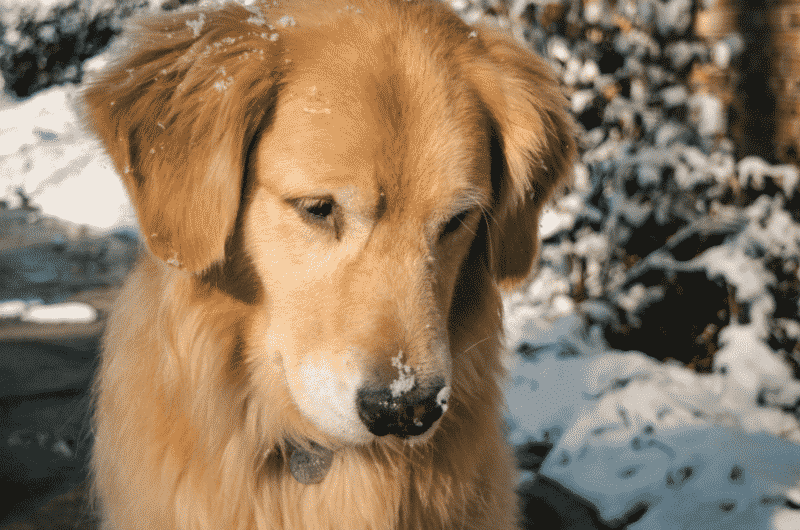With vaccines becoming more and more available, it’s only a matter of time before things return to normal. Restaurants will open back up, movie theater screens will roll, and our favorite metropolitan areas will bustle once again. Perhaps most significantly, jobs will return to their usual workplaces. Although these changes are generally positive, they might not affect us all in a healthy manner. Dogs, who’ve become accustomed to their owner’s constant companionship, will have a difficult time readjusting to our traditional schedules. Fortunately, it’s possible to predict how our pets will react to these changes and comfort them throughout the transition.
How has life been for my pet this past year?
To understand how to help our pups, it’s important to first understand how they’ve adapted over the past year. Because we’ve had an increased presence in our pet’s lives, dogs have become used to a boost in attention. Extra cuddles, walks, and playtime have been established as the new norm. Since we’ve been around the house more frequently, our dogs have reconditioned to keep a far less regimented schedule. In most homes, their sleeping, eating, and eliminating routines have become much more relaxed. They’ve acclimated to our full emotional state. Instead of only seeing us before and after work, they’ve also experienced us at the most stressful times in the day. As many owners noticed, these changes initially resulted in some strange behavior.
Towards the beginning of the Coronavirus pandemic, veterinarians recorded an overall rise in dog aggression and disobedience. For families who previously spent a lot of time away from home, this behavior was increasingly apparent. Over time, our dogs were able to readjust to their new environments, and these tendencies subsided. Of course, as the covid-19 world comes to an end, their adaptations will have to be unlearned.
What behaviors should I watch for?
Going back to work will inevitably trigger another round of damaging behavior. Coping to a lack of attention will manifest in several forms – all of which can be associated with separation anxiety. Most commonly, separation anxiety is represented in an aura of panic and fear. When you leave the house, your dog might seem upset, resulting in behaviors:
- Whining
- Whimpering
- Panting
- Pacing
- Shaking
- Barking
Their anxiety could lead to excessive chewing, scratching the doors and windows, or eliminating indoors. Every dog owner should expect to see some variation of this behavior and prepare to handle these situations with patience and love. Your pet will recover and eventually act like themselves; it might just take a bit of time.
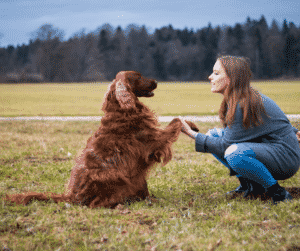
What are habits I can start to prepare my pet for?
To smooth out this transition as much as possible, there are a couple of things you can do to prepare your dog.
- Make sure you practice going back to your regular schedule. Do this by leaving your home throughout the day, just as you would for work. Slowly build up their tolerance for your absence with longer and longer stays away from home. When you leave, try to help them form mental connections with your departure – this can be through wearing a similar coat and shoes, work clothes, or maybe carrying a backpack. Mimic times you’d travel for work and create a schedule for feeding and eliminating that will translate to when the change happens. Mentally, these actions will familiarize your dog with a work routine and allow them to get comfortable in your leave.
- Build positive associations with travel. Give them treats and toys every time you leave and return – and do so with a smile. If you’re happy, calm, and collected when you travel, there’s a good chance they’ll reflect that behavior.
- Practice crate training. Oftentimes, and especially now, our furry friends will feel lonely and vulnerable when we’re not beside them. A crate serves as a place where dogs feel safe: a dark, enclosed space with their favorite blankets and pillows is somewhere they can make their own. Crates can be very therapeutic for anxious pets.
If these are no options for your lifestyle, try calling on others for help. Family, friends, and neighbors can visit your pup throughout the day when you’re busy or hire a dog walker/daycare to spend time with them and support their exercise. Once again, establishing a consistent, healthy routine is a huge part of this process.
In any transitional situation, your pet’s expectations are the best place to start. At Pet Butler, we know the expectations of you and your pet. That’s why Pet Butler has a service guarantee ensuring your yard is poop-free every time. Call Pet Butler today for the consistency and quality your pet need’s in their life.


